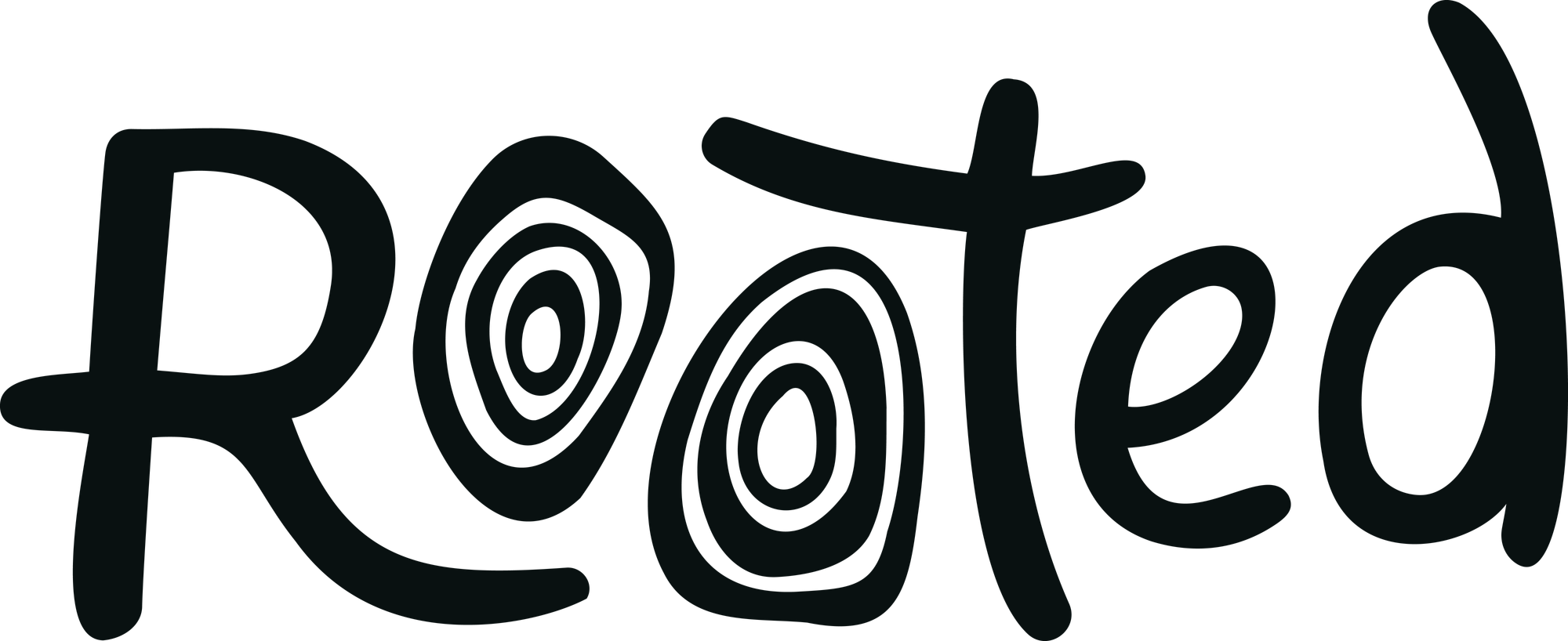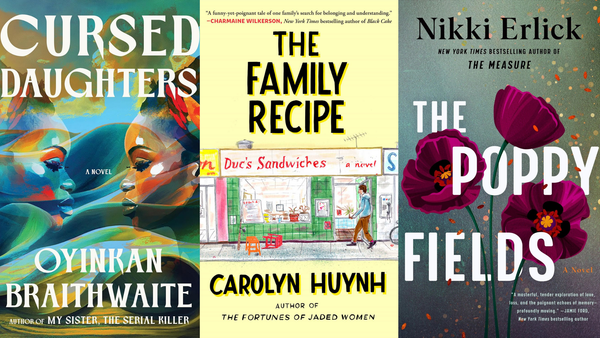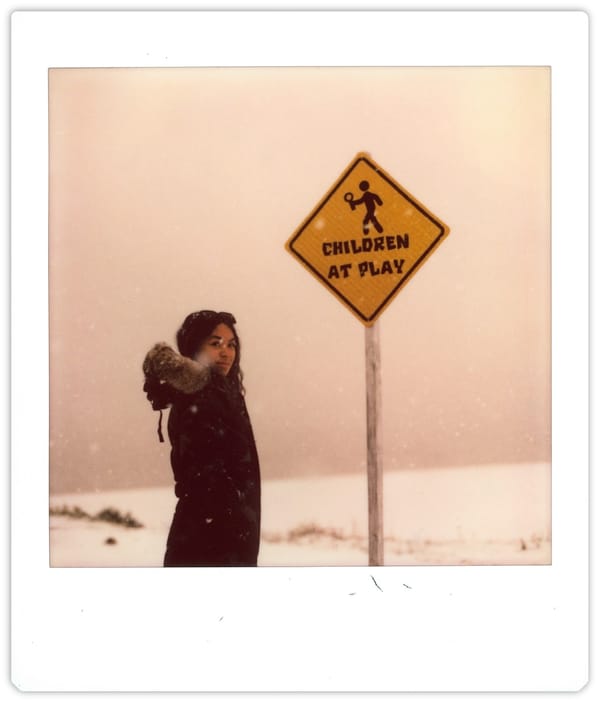Addressing media’s diversity crisis starts with talking about student journalism
Student journalism plays a critical role besides being a training ground. At a time when local news media is in dire need of support, these papers fill in critical coverage of local news.

During my second year as editor of my college paper, I convinced a friend to apply to an open social media editor position and was ecstatic when she got the role. Not only did I know her as a talented creator, but as a gifted community builder who I thought would harmonize well with the rest of the editorial board.
She quit less than a year later.
As one of the few women of color in the space, she became disillusioned and disappointed when her ideas to feature more content online by and about marginalized students were not met with the enthusiasm she hoped for. It was the first time I noticed the talent lost in the journalism industry because of, at best, an ambivalence, and at worst, a purposeful aversion toward diversifying the staff and leadership of student journalism.
This exit of journalists of color from their student papers isn’t uncommon among other colleges nationwide. In January, the Yale Daily News saw its third managing editor of color resign in two years. And in 2020, the editorial staff at the Washington Square News, New York University’s student newspaper, collectively resigned over tension with their new editorial advisor who, among other issues, was racist and disrespectful toward student staff. But these are the high-level, recorded instances of marginalized writers leaving their student papers, not to mention all of the staff who left early on or those deterred from joining in the first place.
It’s well known the news media severely lacks in diversity. For decades, mainstream media outlets have failed to diversify their staff. In 2018, the Columbia Journalism Review reviewed a 1979 pledge from the American Society of News Editors that by 2000, “the percentage of racial and ethnic minorities in newsrooms would match that of the population at large.” Over 20 years later, representation in media is nowhere near that goal, and efforts to track it are severely lagging.
Part of the reason for this failure, as previously reasoned by other writers, has to do with pathways into journalism. Most major news outlets recruit applicants who either majored in journalism or wrote for their student newspaper. While this pipeline is problematic in and of itself and merits reconsideration, it also makes the need for demographically and intellectually diverse student newspapers abundantly clear: it’s more difficult to build a diverse newsroom if the pool to pick from is already narrow and homogenous.
The industry also struggles with a big ethics problem. Many mainstream outlets continue to stick by unrealistic standards of “objectivity,” protecting the white, male journalist over and over while jeopardizing trust with Black communities.
Student journalists have reign to experiment with how they apply these principles more freely, swapping “objectivity” for empathy and justice, and in turn building new standards for the ethics of journalism. We desperately need these leaders in our national newspapers, but they can be discouraged from continuing into the industry without early support and respect.
Student journalism plays a critical role besides being a training ground. At a time when local news media is in dire need of support, these papers fill in critical coverage of local news. Without a diverse slate of creators in the room, critical stories go unnoticed.
Understanding all of this, I started my paper’s first diversity, equity and inclusion committee, a move that was long overdue but that I questioned as a white woman leading the committee. I didn’t want to speak for marginalized students on campus, but I didn’t want all of the work to fall on them either.
“There’s this kind of weird space where we want to hear from these underrepresented voices, but we also don't want to tokenize people and have them be forced to talk about their own experiences,” my co-worker and friend Aaron Vincent Facundo told me. He co-led the committee after I graduated.
Starting the committee, one of the biggest issues I noticed was a lack of trust between our newspaper and marginalized students on campus. At times, relationships with students of color felt transactional, with white reporters parachuting in to profile students or groups when a hate crime occurred or when Black History Month rolled around.
I know my peers cared about diversity, but being white also gave us the privilege of not thinking about it when we didn’t have the time or energy, or to discount ourselves as “not knowing enough” to get out of discussing it entirely.
To me, this made allyship even more important. Yes, I didn’t know everything, but it was critical to show that our newsroom made consistent efforts to improve. In the end, change couldn’t be made without the white people in the room examining their bias. And we couldn’t expect marginalized students to trust us without first doing this work.
Another looming difficulty was the lack of institutional and community support. At times I felt alone in my endeavors; turnover rates at student papers are inherently high, making it difficult to build expertise and develop consistent initiatives from year to year. And even though I knew I was part of a larger trend within college newspapers, it was hard not to feel insulated from my peers across the country trying to do similar work.
The solution will require heavy lifting — from implementing consistent training and mentorships to seeking out advisors that can oversee these changes long-term. A first step, however, could be that conversations about diversity in journalism begin including student newsrooms in tandem with legacy newspapers. By understanding that part of the answer begins in these spaces and holding student journalism to stronger expectations around diversity, we can create a culture where college papers are working in solidarity toward a shared goal.





